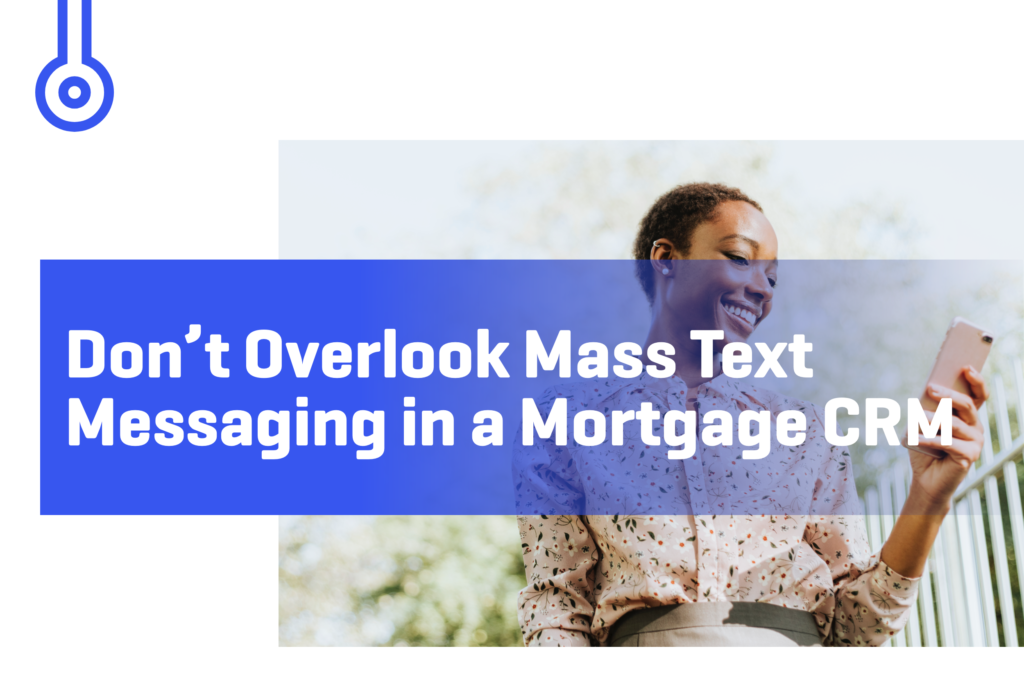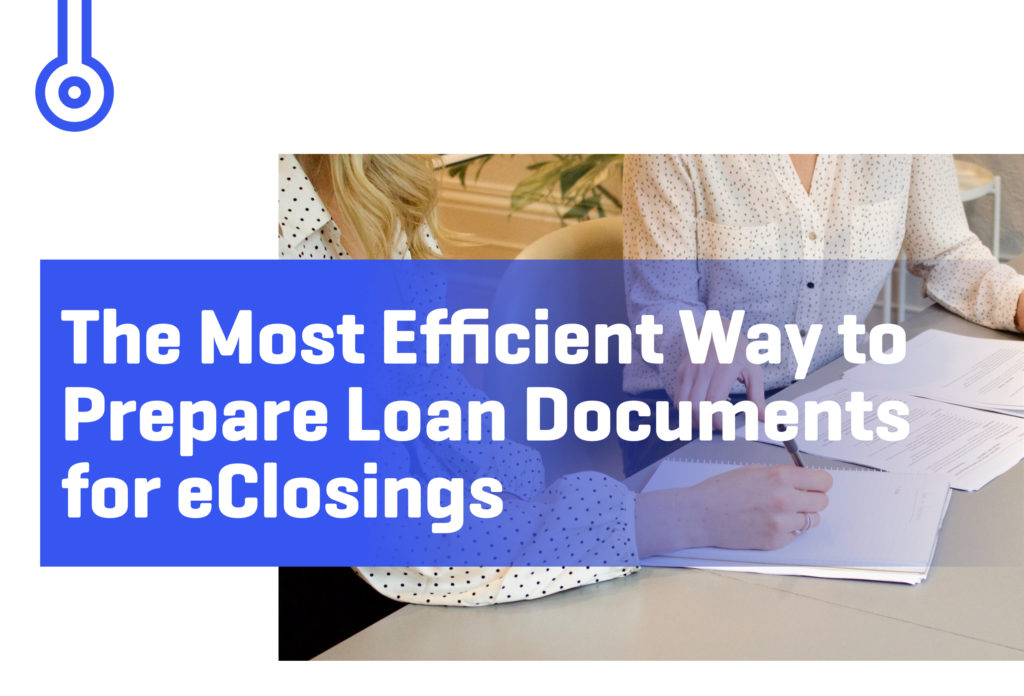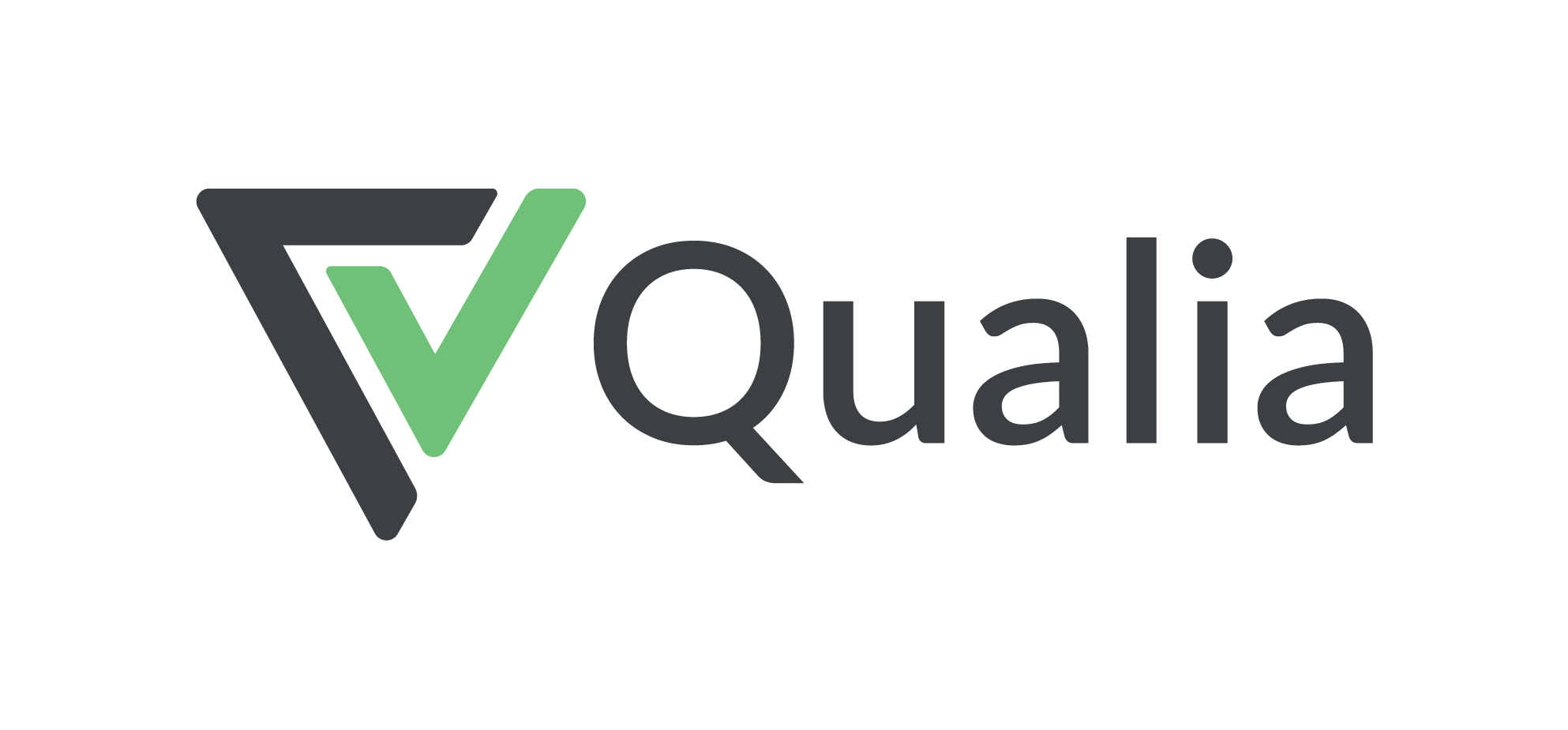What does being successful with digital closings look like? Many would say it’s being able to offer fully remote eClosings. That isn’t the real end goal though.
“Don’t get distracted by digital closings. It’s actually a means to an end. Ultimately, what you’re driving toward are business improvements around the accuracy of documents, the consumer experience, expedience, transparency, ease of funding, shortening time frames,” advised Aaron King, Founder and CEO of Snapdocs.
These improvements are the end result that lenders should be working toward and using digital closings to achieve. They’re the lens through which you should be vetting eClosing platforms and how you should be measuring your success.
To determine whether you’re truly getting value out of digital closings, here are six key metrics that you should track and results that other lenders have seen. Keep these metrics and benchmarks in mind as you evaluate vendors and implement digital closings. They’ll help you focus on achieving lasting business results, rather than getting caught up in the technology and digital closings themselves.
Percentage of total loan volume closed as hybrid closings or eClosings
After devoting a lot of time and resources to implement new technology and train employees, many lenders end up doing just a few hybrid closings or eClosings. When digital closings make up a small percentage of a lender’s total loan volume, this prevents lenders from getting ROI.
Success with digital closings means a lender is able to close the majority of their loans as hybrid closings or eClosings. Doing a significant volume of digital closings is the only way you’ll see operational efficiencies and cost reductions.
Lenders who have succeeded with digital closings, like Evergreen Home Loans and The Mortgage Firm, are closing 70% of more of their total loan volume as hybrid and eClosings. By doing digital closings at scale, they’ve been able to realize significant time and cost savings.
Loans closed with the same headcount, before and after implementing digital closings
Digital closing technology can automate manual tasks and reduce the work that comes with paper processes. This enables you to close more loans without hiring more employees.
Tamra Rieger, COO of Evergreen Home Loans, shared how digital closings enabled the company to make better use of their staff:
We did see a direct impact where I didn’t have to have staff sitting at a copier or scanner, converting a paper closing package back into digital. So, you can have your staff doing more high value jobs.
Before implementing digital closings, make a note of how many loans are being closed with the number of employees you currently have. After implementation, come back to this metric and track it over time.
While the number of loans closed per employee will still vary, you should see an increase in the number of closings completed across the team. You should be closing 10% or more loans with your current headcount. In 2019, The Mortgage Firm used digital closings to close 13.3% more loans with the same amount of employees. At the time, this was the highest volume they had processed.
Other lenders, like Waterstone Mortgage, have been able to handle much larger increases in volume. “We’ve handled our highest volume of mortgages to date in 2020 — an over 40% year-over-year increase — without additional team members, and during a global pandemic, in large part due to Snapdocs,” said Tom Knapp, CIO of Waterstone Mortgage.
Benchmark: With digital closings, lenders can close 10% or more loans without adding headcount.










